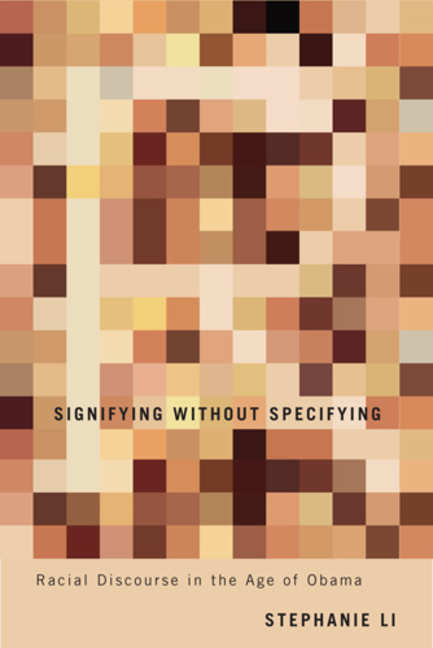John Rollin Ridge’s Joaquín Murieta: Sensation, Hispanicism, and Cosmopolitanism
Western American Literature
Volume 49, Number 4, Winter 2015
pages 321-349
DOI: 10.1353/wal.2015.0008
John C. Havard, Assistant Professor
Department of English and Philosophy
Auburn University, Montgomery, Alabama
The mixed-race Cherokee poet, journalist, and novelist John Rollin Ridge’s The Life and Adventures of Joaquín Murieta, the Celebrated California Bandit (1854) is a sensation novel about racial upheaval in 1850s California. The work has become prominent in the study of US ethnic literatures largely because it is the first novel authored by a Native American. Many thus read it as a commentary on Indian Removal politics, with Ridge allegorizing his experience as a Cherokee through Joaquín’s sufferings. Several factors support this reading. The byline features Ridge’s tribal name, Yellow Bird, instead of his Anglicized name. Moreover, the publisher’s preface emphasizes Ridge’s ancestry and the Cherokee Nation’s plight in the years following the Trail of Tears. These framing moves played upon the marketable curiosity of a Cherokee novelist. They also prompted readers to draw a parallel between Cherokee Removal and the novel’s more ostensible concern for the dispossession of Mexicans in California. Moreover, Ridge’s characterization of Murieta as dashing, romantic, and vengeful reflects Ridge’s own reputation and self-image. Finally, the Westernized Murieta embodies the Cherokee adoption of Western social and political structures, a process that Ridge followed his family in promoting.
Readings elaborating these connections reflect Indian literary identity politics, nationalism, and indigenism. According to the often-overlapping nationalist and indigenist positions, Native authors ought to view literature as a valuable medium through which to speak with subtlety and nuance for the concerns of particular Indian nations and for the general human dignity of Indigenous peoples. Critics, likewise, are exhorted to explicate the specifically national, Indigenous aspects of Indian literature. As advocate for this movement Simon J. Ortiz explains,
Too much is at stake for easy, convenient images to adequately and appropriately represent Indigenous people, much less to bring attention to conditions and circumstances that need to be brought to light. Indigenous writers and poets such as myself can undertake this task to the best of our abilities by creating and composing literature.
What is at stake here, of course, is Native America’s need to protect its cultural and legal sovereignty against the legacies of European colonialism. As Ortiz claims, that struggle “has given substance to what is authentic” in Native literatures, animating the Indigenous, national consciousness of the surge in Native literary production since the 1970s (“Towards” 9, 11–12). Although Louis Owens is known for a hybridist account of Indian identity that is frequently contrasted to nationalist perspectives, he echoes a basic element of Ortiz’s premise in claiming that “for the contemporary Indian novelist . . . [the question of tensions between US American and Native American] identit[ies] is the central issue and theme” (5). For many critics, including Owens, Ridge’s novel prefigures contemporary Indian fiction in its pursuit of this theme.
I offer a non–mutually exclusive alternative interpretation that elaborates the novel’s cosmopolitanism. This cosmopolitanism, I argue in my first subsection, takes shape in Joaquín Murieta’s form. Often considered inchoate, the novel is, in fact, purposefully organized. This becomes apparent if we read it as a sensation novel. That Ridge put sensation to cosmopolitan purposes may seem surprising. Sensation is often associated with racist cliché, particularly in contrast to late-nineteenth-century social realism, which was commonly used to combat racial prejudice. However, in Ridge’s formulation, whereas social realism tends to imagine the nation in terms of the particularity of typical national actors, the sensation novel imagines the commonality of the peoples who meet in a narrative. If much sensation relies on racialist conventions, Ridge cleverly manipulates such conventions to propound his cosmopolitanism to his readers. This cosmopolitanism informs a critique of what can be termed Hispanicism, the discourse by which US imperialists bound the United States to liberalism by contrasting Americans with illiberal Hispanophone peoples. Through this strategy US imperialists rejected Hispanic claims to national sovereignty on the basis of a supposed Hispanic aversion to social and economic progress, an aversion exhibited in a rejection of liberal, democratic self-government. As I formulate this point in my second subsection, Ridge contests Hispanicism’s discursive violence by characterizing Murieta as a good liberal in contrast to…


